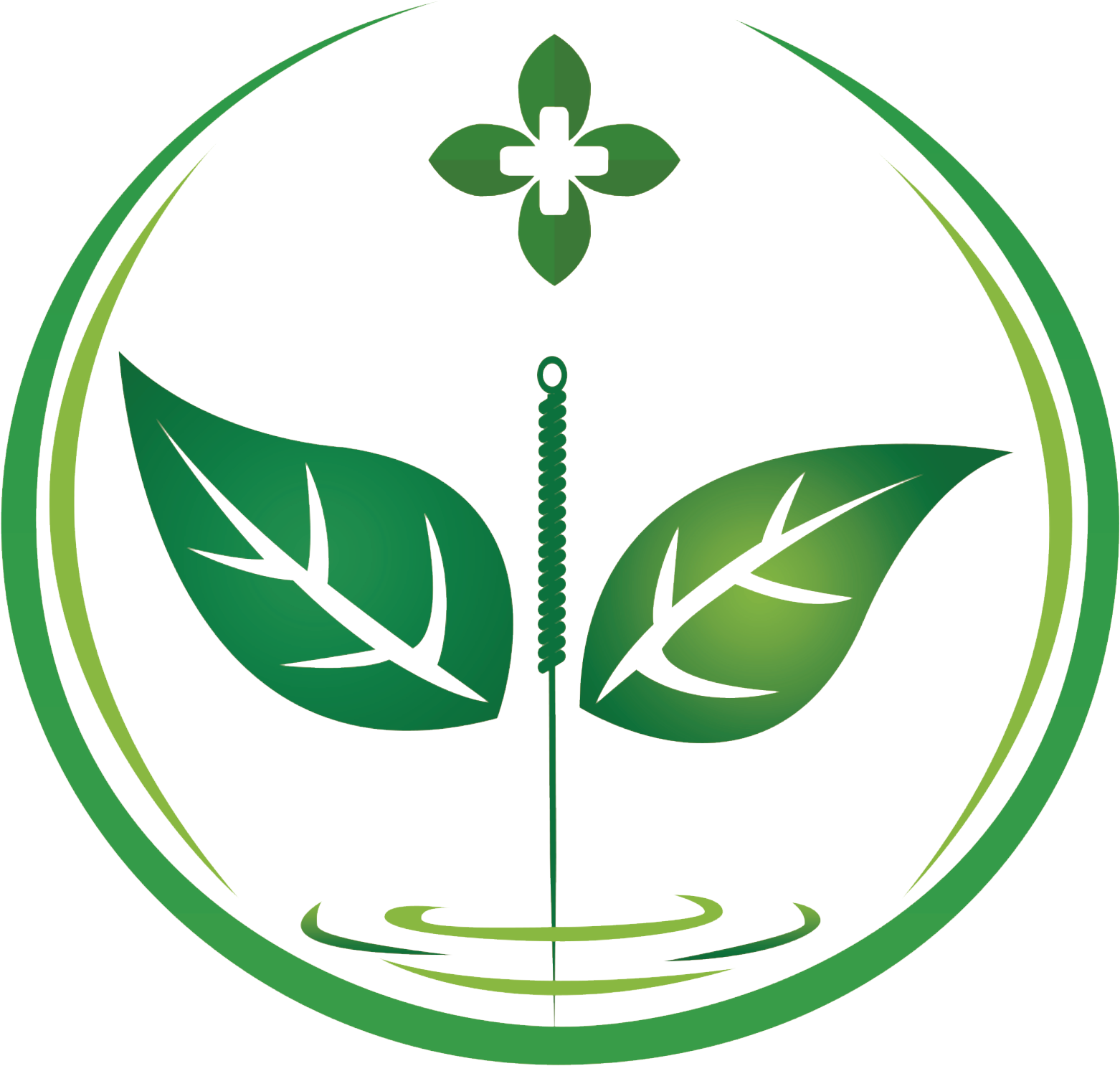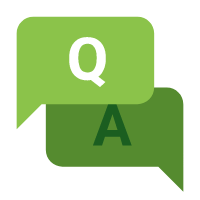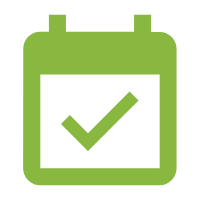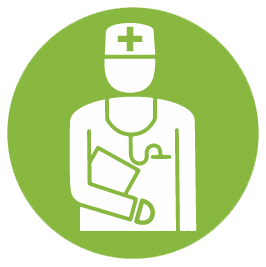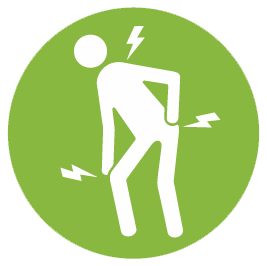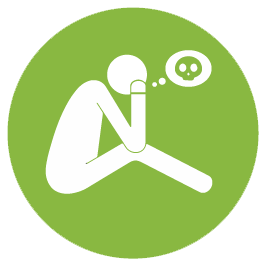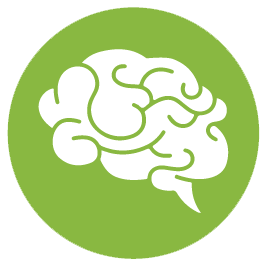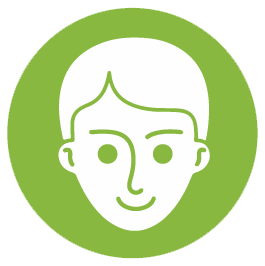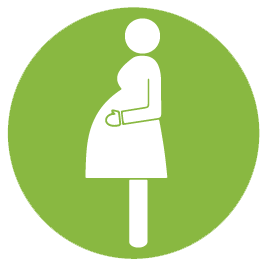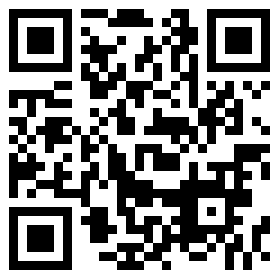Bell’s palsy / Ramsay Hunt Syndrome
Recent experience
Updated on 22/12/2020
We treated another 8 patients with facial nerve paralysis since the last update. 5 patients had acute Bell's palsy/Ramsay Hunt syndrome, 2 patients had approximately 9 years of Bell's palsy, and 1 patient had facial nerve injury after face-lift surgery. 6 patients (3 acute, 2 chronic, and 1 surgical injury) responded promptly to the treatment, and 4 of them gained close-to-full recovery before Christmas. Unfortunately, a patient with a 2-year history of Ramsay Hunt failed to respond to the treatment.
Updated on 20/09/2020
We have treated approximately 30 Bell's palsy/Ramsay Hunt syndrome patients in 2020, 4 of whom were the 2nd attack of the disease. Most patients who started treatment within 2 months of the onset of paralysis responded since the 1st treatment and had nearly-full recoveries. On the other hand, 4 patients showed improvement after a 2-month course. Fortunately, 2 of them also achieved nearly-full recoveries after 5 months of treatments, and the other 2 patients are still having active treatments.
Introduction
Facial nerve palsy is characterized by the loss of function of one side of facial muscles. The underlying cause can be a viral infection or autoimmune. Ramsay Hunt syndrome is characterized by facial muscle paralysis due to varicella-zoster virus infection.
Routine treatment
In idiopathy facial nerve palsy, a short course of steroid is mainstream management. Antiviral medications are used for Ramsay Hunt syndrome. However, the evidence for both methods is controversial. Fortunately, many cases make a complete recovery. However, there are some patients who suffer from chronic facial muscle paralysis and spasm.
Acupuncture
The acupuncture treatment aims at the sphenopalatine ganglion. We may also use a nerve stimulator to promote recovery.
Treatment objective
The objectives are different at different stages. We aim for complete or near-complete recovery at the early stage (2 weeks to 3 months). Near-complete recovery is still achievable at the stage between 3 and 6 months. At the chronic stage i.e. over 6 months, any recovery is challenging, but our specific acupuncture technique can still help. Patients with chronic facial nerve palsy may have muscle spasms or twitching, which can be effectively relieved.
Treatment protocol
The initial frequency is twice per week for 2 weeks, then weekly for another 2 weeks. Many patients have significant improvement then. Patients who have less than 6 months of the condition should see significant improvement or even complete recovery. In patients who are in the chronic phase, the improvement may happen as late as the 4th week.
Tolerability and risk
Acupuncture is a well-tolerated safe treatment. Patients experience less pain than intramuscular injection and blood tests. However, patients may experience acupuncture-specific sensation, De Qi, which might feel like vague tingling and lasts seconds.
N.B. In some patients, a technique with strong stimulation may be used. Local anaesthesia can be offered, but the injection of the anaesthetic agent may cause more discomfort compared to needling.
Fee
1st - 4th treatment - $250
Subsequent treatment - $200
Medicare rebate - $108.85 x 6 = 653.10
Total out-of-pocket cost $746.90
* Patients may be eligible to get a higher rebate if the Extended Medicare Safety Net (EMSN) threshold is met. The total out-of-pocket cost may be as low as $154. Please contact Medicare regarding EMSN.
